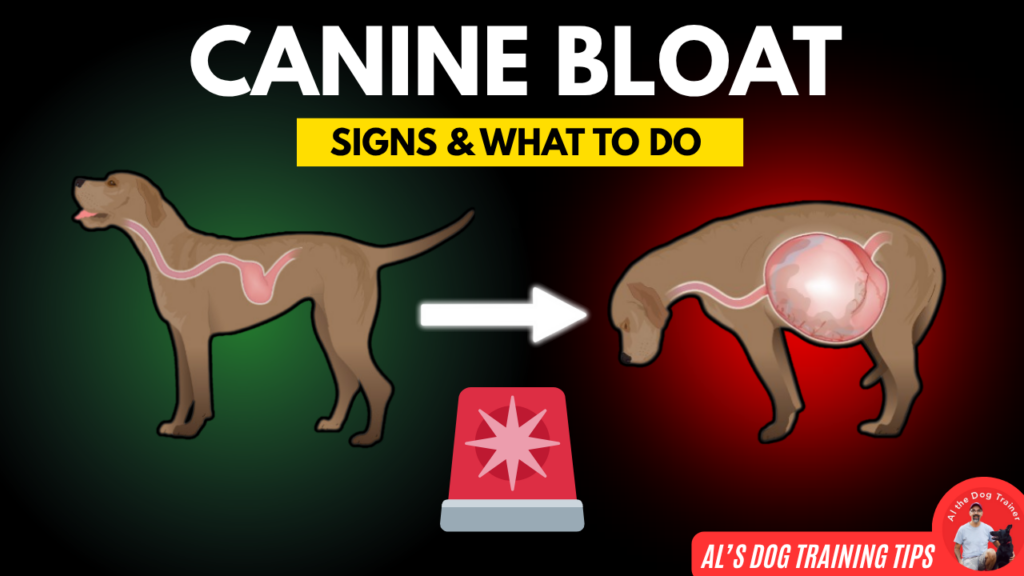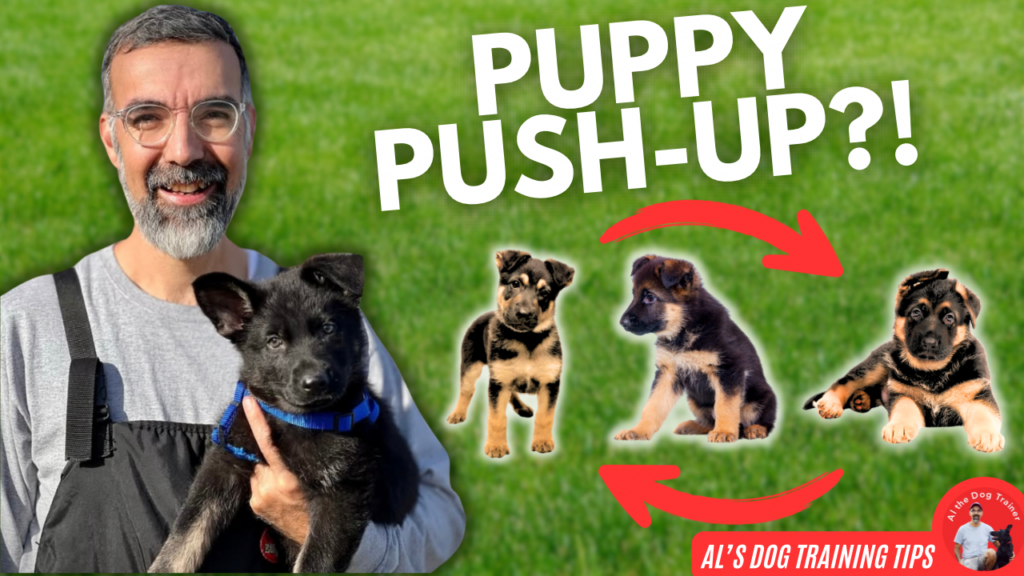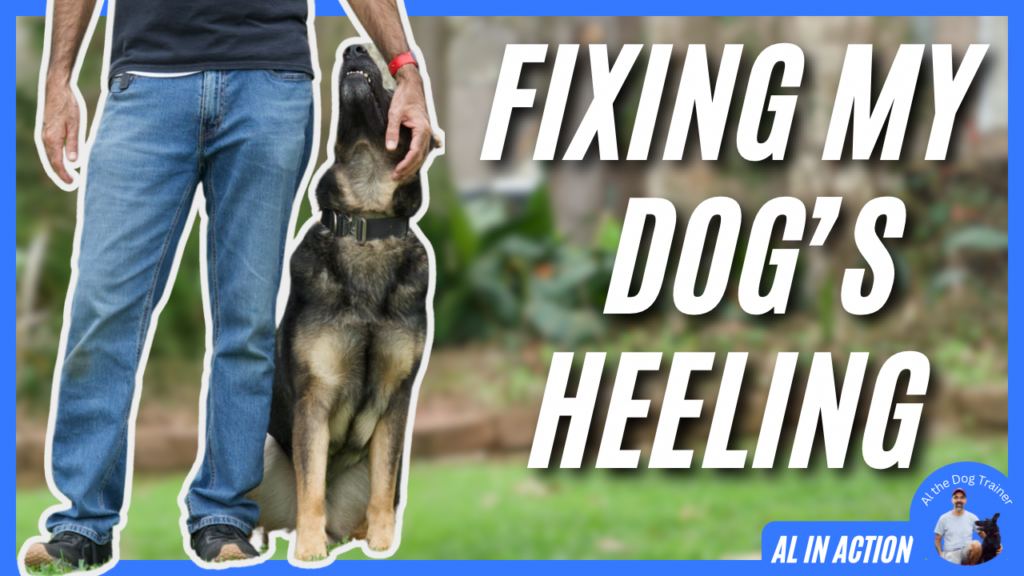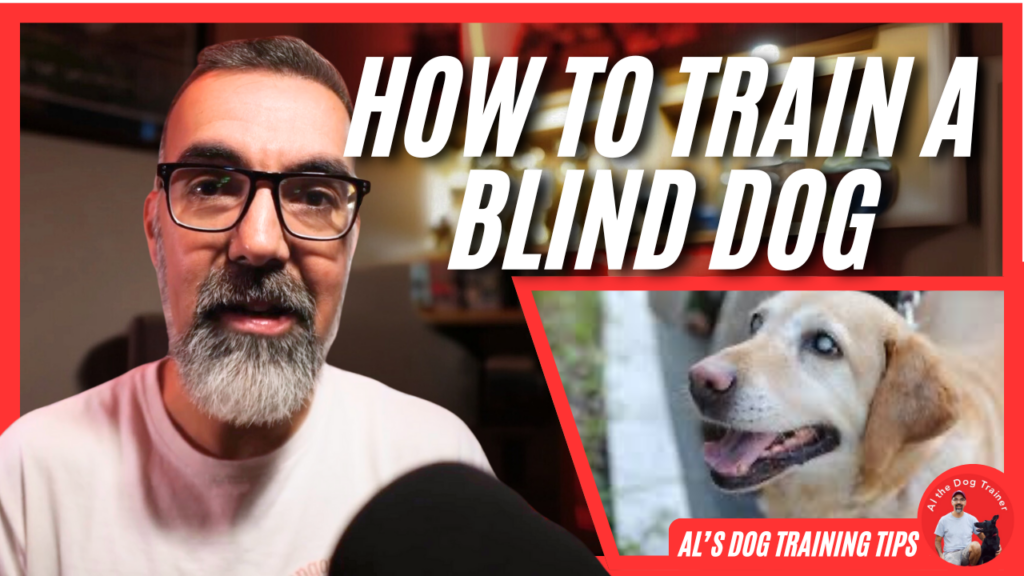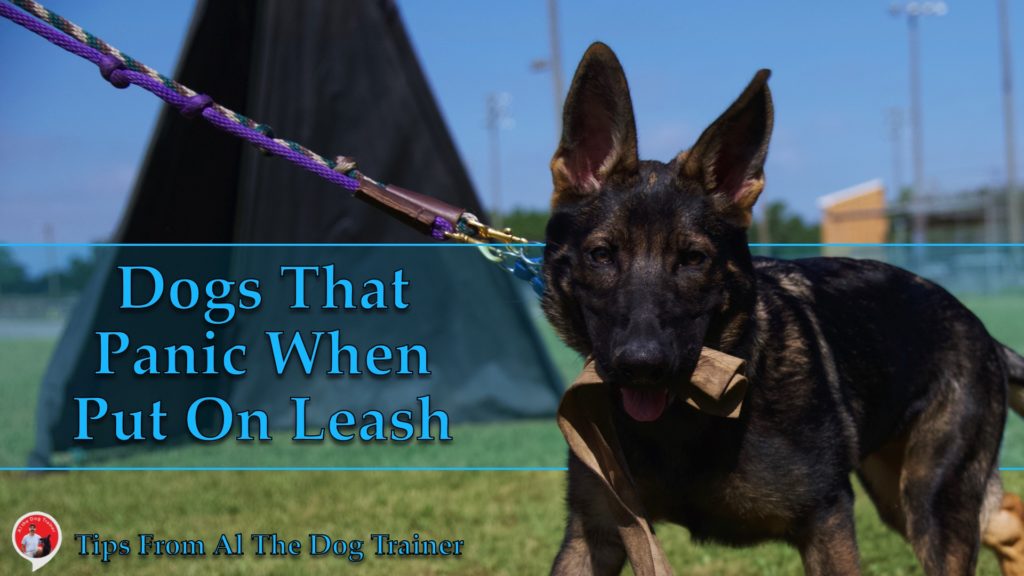
Today’s topic is Dogs That Panic When Put On Leash. So, unfortunately, I get to work with dogs whose owners, for whatever reason, have struggled to get dogs to walk on a leash.
Why am I saying, unfortunately?
Well, because there is a specific subset of these dogs when put on a leash, what they do next do not make anybody happy. And it looks rough. I’m sure that some of you have experienced this before. You put a leash on the dog, you put a little bit of tension down the line, and the dog goes into a panic. They start alligator rolling and maybe even biting the leash and shrieking. And you’ve got nothing more than a pinkies worth of pressure down the leash. This is no fun, and it can be very challenging work.
So quick disclaimer. I am a professional dog trainer, and I’ve been training dogs for approximately 17 years now. The techniques that I’m going to be sharing with you guys here should not be done without the supervision of an experienced trainer.
Leash Pressure
It’s pretty simple to understand how leash pressure works. You’re supposed to put the minimum amount of pressure down the leash, which makes contact with the dog. You have the dog perform the skill you want them to do, generally move on to a place, bed, or move forward or backward. Something simple like that. And then all the pressure should immediately disappear. That’s pretty simple.
The way that I summarize that is pressure on behavior pressure off. And it’s pretty safe for almost anybody to do that particular technique with nearly every dog. However, sometimes you’re going to run into dogs that, if you put pressure on the line, will begin to panic, and you think that you’re hurting the dog, and then you subsequently relax the leash.
Solution To The Problem
So what I feel that this is teaching the dog is that if you put pressure on them, they throw this temper tantrum and panic, whatever it is that they happen to be doing at the moment that you release the pressure is the thing that the dog’s brain is going to tell. It is the solution to the problem. And if you don’t have impeccable timing to realize that the moment that the dog is actually becoming calmer or is actually doing the exact thing that you wanted, and those two things are not always the same, then you can mess a dog up.
That’s why I had that quick disclaimer for you all. That kind of work with those dogs is hard, and it’s hard to get right. This is where experience pays off. The dogs benefit from having the tiniest bit of pressure put on them. Moving forward one step, and then you relax the pressure and let you give that dog a treat, a piece of food that is valuable to them.
Temper Tantrums
It was amazing to me, as I was working the dog today. That inspired this piece of content. The dog probably had no less than three of these little temper tantrums but no more than five. But by the end of the session, I could very quickly put the dog on a bed to get on there. I was able to give the dog treats and talk to the dog. And the dog was doing much better. So I would say it’s close to a miracle what it looked like. Because if you had seen the dog when I first arrived, it would not stop barking.
It was just having a lot of problems, a lot of anxiety in the animal. And just teaching the dog how to yield to the leash made a phenomenal difference.
Professional Help
So I guess the tip for the day is this. If you have this kind of dog, I highly encourage you to get a professional dog trainer with some experience. That understands how to use leash pressure appropriately and have them start your dog on the protocol that I just mentioned. Maybe they have a better one. So that way, the dog can get acclimated about what to do with the leash.
I don’t think that the ordinary person should take on a dog that will throw temper tantrums. Now, there’s a big difference between a temper tantrum and just a dog that doesn’t want to come to the leash. A temper tantrum is the dog almost panicking and is worried about the leashing. You have the minimum amount of pressure on the dog. So that’s the tip. Reach out to a professional to help you get the dog started and then keep doing the work. These kinds of dogs can gain confidence and get better.
I hope this was helpful. Remember, you can always visit my YouTube Channel for more tips or find more right here on my website www.longoriahausdogtraining.com.
Happy Training!

